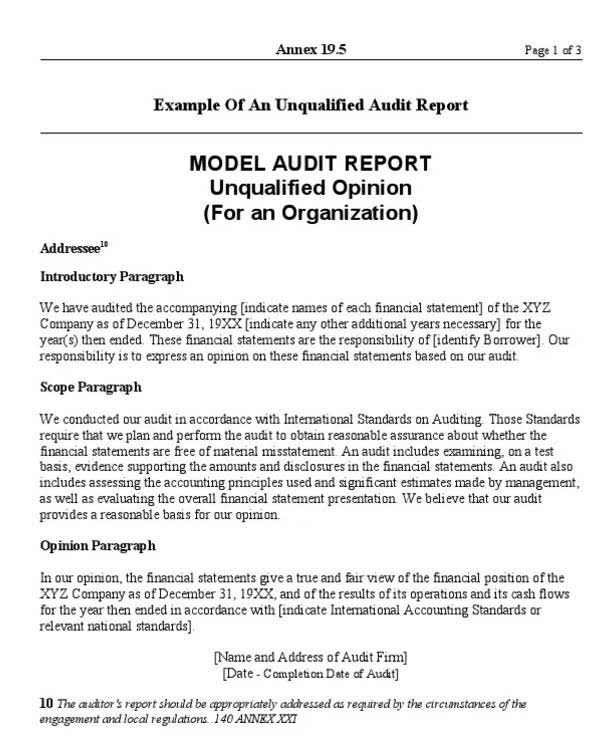What is the double declining balance method of depreciation?

Double declining balance depreciation is an accelerated depreciation method that charges twice the rate of straight-line deprecation on the asset’s carrying value at the start of each accounting period. The double declining balance depreciation method shifts a company’s tax liability to later years when the bulk of the depreciation has been written off. The company will have less depreciation expense, resulting in a higher net income, and higher taxes paid. This method accelerates straight-line method by doubling the straight-line rate per year. Let’s assume that a retailer purchases fixtures on January 1 at a cost of $100,000. It is expected that the fixtures will have no salvage value at the end of their useful life of 10 years.
Simultaneously, you should accumulate the total depreciation on the balance sheet. It is advisable to consult with a professional accountant to ensure that depreciation is accurately recorded in compliance with accounting standards and regulations. The amount of final year depreciation will equal the difference between the book value of the laptop at the start of the accounting period ($218.75) and the asset’s salvage value ($200). Sara wants to know the amounts of depreciation expense and asset value she needs to show in her financial statements prepared on 31 December each year if the double-declining method is used. Since the assets will be used throughout the year, there is no need to reduce the depreciation expense, which is why we use a time factor of 1 in the depreciation schedule (see example below). We can incorporate this adjustment using the time factor, which is the number of months the asset is available in an accounting period divided by 12.
What is the double declining balance method of depreciation?
It is also one of companies’ most popular methods of charging depreciation. Companies use the double-declining balance method to depreciate fixed assets significantly more in the initial years. Therefore, it can result in deferred income statements for the later years. Similarly, https://www.bookstime.com/ the DDB method uses an asset’s book value to create a depreciation charge. Usually, it also requires a percentage, which dictates how much the depreciation will be. The double-declining method (DDB) of depreciation is a technique that companies use to charge depreciation.
If a company often recognizes large gains on sales of its assets, this may signal that it’s using accelerated depreciation methods, such as the double-declining balance depreciation method. Net income will be lower for many years, but because book value ends up being lower than market value, this double declining balance method ultimately leads to a bigger gain when the asset is sold. If this asset is still valuable, its sale could portray a misleading picture of the company’s underlying health. Depreciation is the act of writing off an asset’s value over its expected useful life, and reporting it on IRS Form 4562.
No Comment